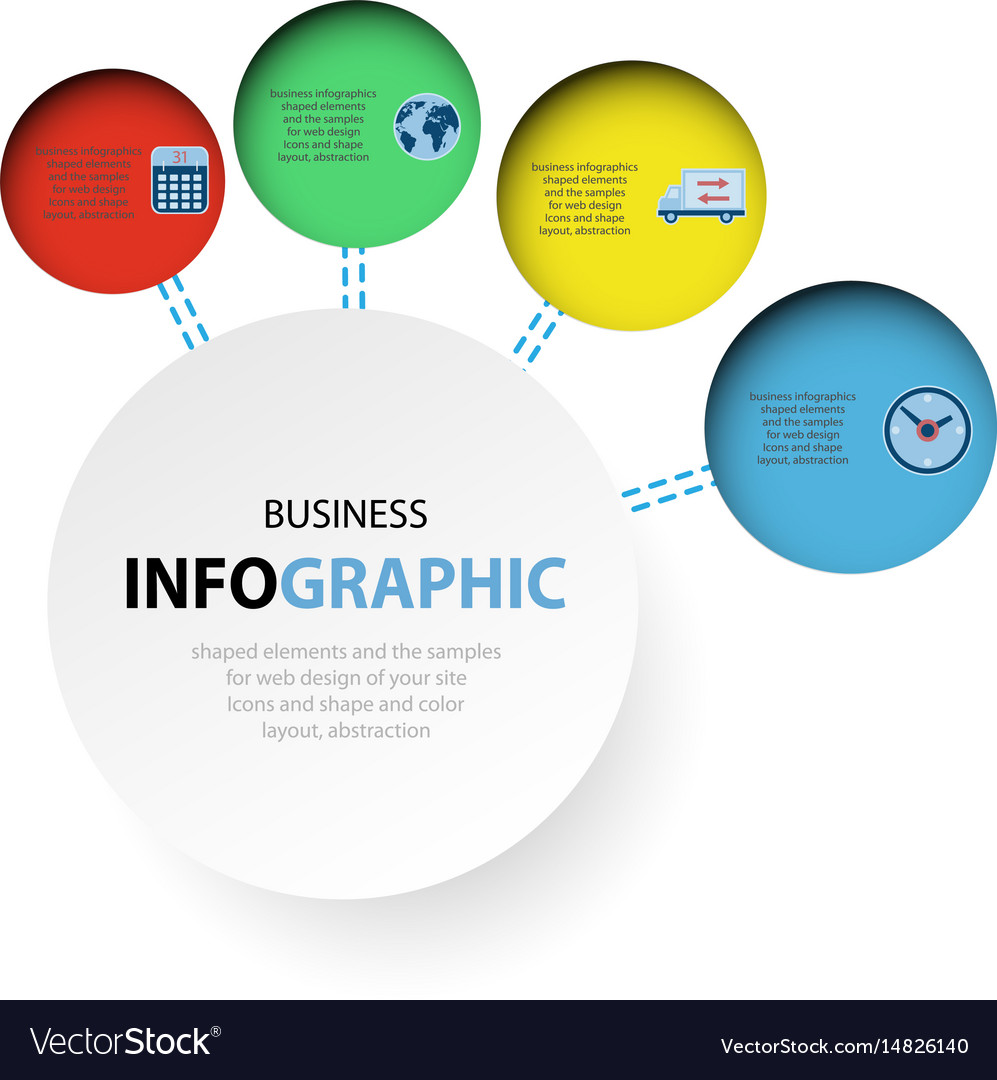Using The Strength Of Visual Hierarchy In Website Production
Using The Strength Of Visual Hierarchy In Website Production
Blog Article
Article Developed By-Wiley Hodge
Visualize a site where every component completes for your focus, leaving you feeling overwhelmed and unsure of where to focus.
Currently picture a site where each aspect is carefully prepared, guiding your eyes effortlessly with the page, offering a seamless user experience.
The distinction depends on the power of aesthetic hierarchy in internet site style. By purposefully arranging and prioritizing elements on a web page, designers can produce a clear and instinctive path for individuals to adhere to, inevitably boosting involvement and driving conversions.
However just how precisely can you harness this power? Join us as we discover the principles and techniques behind reliable visual power structure, and discover how you can boost your site style to brand-new heights.
Recognizing Visual Pecking Order in Web Design
To efficiently communicate info and guide individuals with an internet site, it's critical to understand the idea of visual hierarchy in web design.
Visual hierarchy refers to the plan and company of elements on a page to highlight their relevance and develop a clear and intuitive customer experience. By establishing wordpress website developer , you can route users' interest to one of the most vital info or activities on the web page, enhancing functionality and interaction.
This can be accomplished via different design strategies, including the critical use dimension, shade, contrast, and positioning of elements. For https://video-marketing-website-d38271.answerblogs.com/30447498/maximizing-your-e-commerce-store-s-search-engine-optimization-potential-tips-and-best-practices , larger and bolder aspects generally draw in more focus, while contrasting colors can produce aesthetic contrast and draw focus.
Concepts for Efficient Aesthetic Hierarchy
Recognizing the principles for effective visual pecking order is crucial in creating a straightforward and interesting website layout. By following these principles, you can guarantee that your web site efficiently interacts information to users and overviews their interest to one of the most vital elements.
One concept is to utilize size and range to establish a clear aesthetic hierarchy. By making important elements bigger and more prominent, you can draw attention to them and guide customers with the content.
Another principle is to utilize comparison properly. By utilizing contrasting shades, typefaces, and shapes, you can develop aesthetic distinction and highlight crucial information.
Furthermore, the principle of closeness recommends that related components must be organized with each other to visually connect them and make the site more arranged and simple to browse.
Implementing Visual Hierarchy in Web Site Layout
To apply aesthetic pecking order in site design, prioritize vital components by readjusting their size, color, and position on the web page.
By making crucial elements larger and more noticeable, they'll normally attract the user's focus.
Use contrasting colors to produce visual contrast and emphasize vital information. As an example, you can make use of a bold or vivid color for headings or call-to-action switches.
Additionally, think about the setting of each element on the page. Area vital aspects on top or in the facility, as users often tend to focus on these locations first.
Final thought
So, there you have it. Aesthetic hierarchy is like the conductor of a symphony, directing your eyes via the web site style with skill and flair.
It's the secret sauce that makes an internet site pop and sizzle. Without it, your design is just a jumbled mess of arbitrary components.
Yet with visual hierarchy, you can produce a work of art that orders focus, interacts effectively, and leaves a long-term perception.
So go forth, my friend, and harness the power of visual hierarchy in your web site layout. Your audience will certainly thank you.
